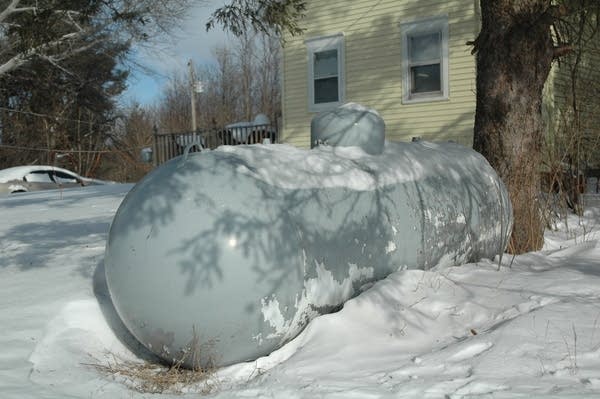Minnesota's cold weather rule kicks in Tuesday
Go Deeper.
Create an account or log in to save stories.
Like this?
Thanks for liking this story! We have added it to a list of your favorite stories.

As parts of the region recover from the fall snowstorm, Minnesota’s annual cold-weather rule is about to take effect.
Starting Tuesday, homeowners and renters struggling to pay natural gas and electric bills qualify for a break. The rule protects people from shut-offs of natural gas and electricity through April 15.
“I'm unaware of any utility that really wants to shut anyone off,” said Anne Thom with the Minnesota Public Utilities Commission. “We're here to make sure people can keep their heat on and the utility is reasonable and the consumer is protected.”
Consumers must first agree to a payment plan, and utilities can shut off service to customers who fail to make promised payments.
Turn Up Your Support
MPR News helps you turn down the noise and build shared understanding. Turn up your support for this public resource and keep trusted journalism accessible to all.
“The key is setting up that payment plan and then sticking to it. And if you cannot stick to that, contact the utility and renegotiate something,” said Thom. “But keep paying the bill somewhere, somehow.”
Consumers may file an appeal with the PUC if they cannot work out a payment schedule. As of August, Xcel Energy reported it had mailed disconnection notices to about 26,000 Minnesota customers. CenterPoint Energy had sent about 13,000.
The cold weather rule does not apply to fuel oil or wood. But another state law protects propane gas customers.

People can also seek help through the state energy assistance program to pay utility bills. State officials urge people to apply soon, since it can take about a month to process an application.
“We encourage people to apply because we know it can make a significant difference to their staying warm during the winter,” said Minnesota commerce commissioner Steve Kelley.
Assistance is available for households with incomes at or below 50 percent of the state median income. That means, for instance, a household of four people cannot earn more than about $52,000 a year.
Last year, the federal government provided Minnesotans with about $115 million in such help, although it’s unclear how much money will be available this year. Congress has yet to approve funding,
Grants are distributed through community groups, which are listed on the commerce department website.


